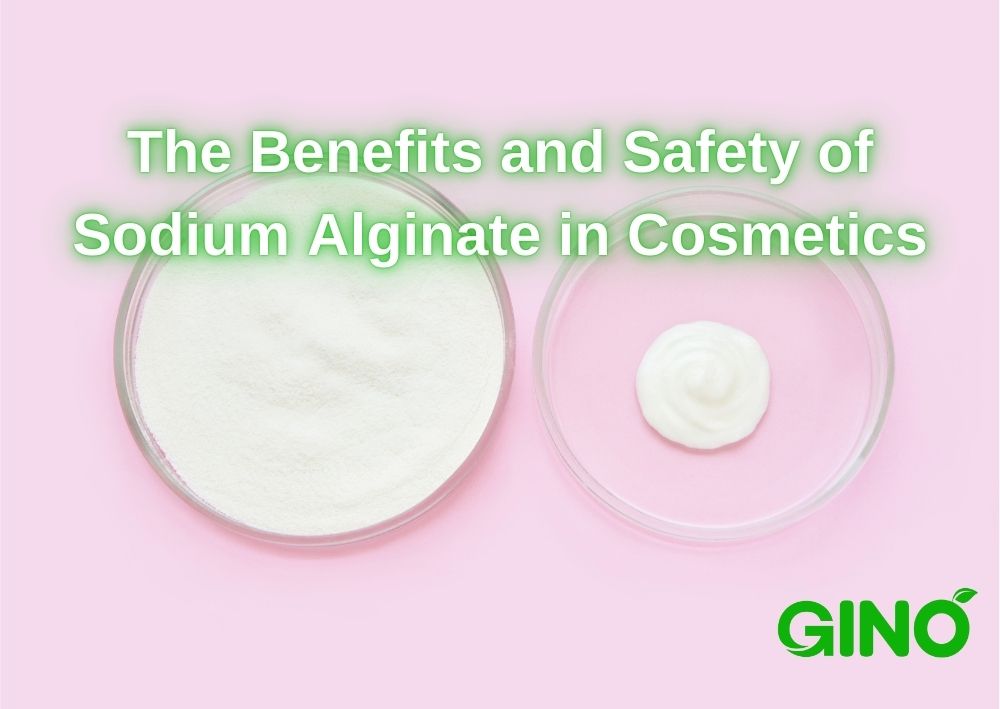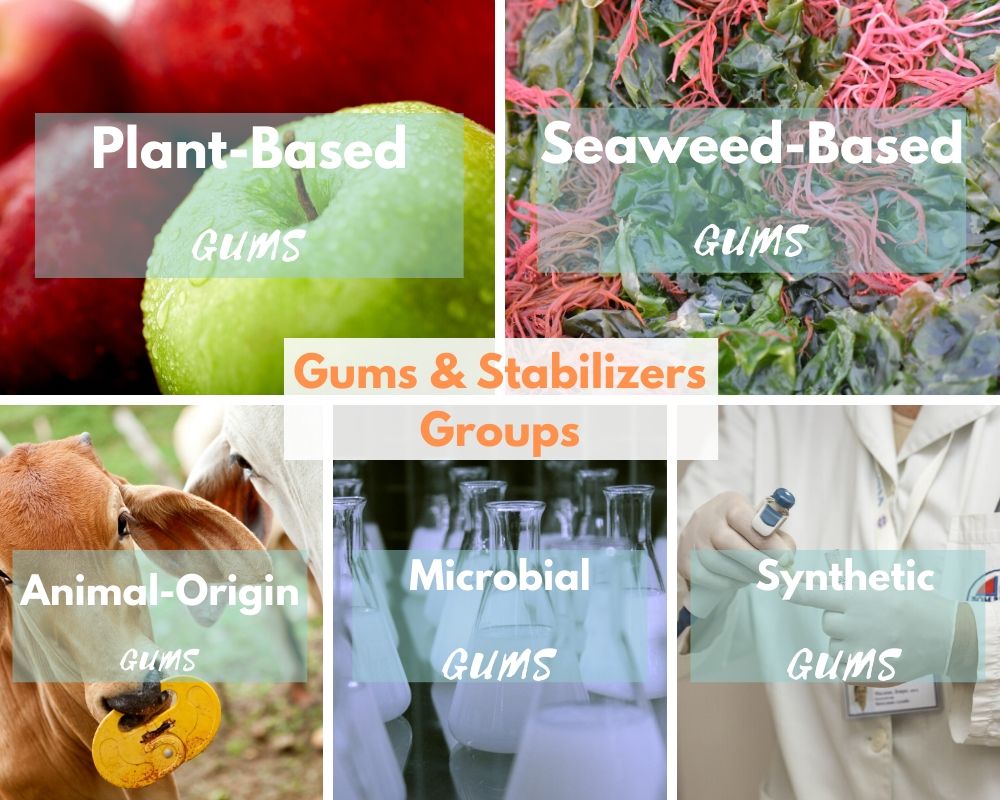Gellan gum is a microbial hydrocolloid developed by Kelco in the 1980s.
It is an extracellular polysaccharide gel produced by aerobic fermentation of Pseudomonaseloden under neutral conditions in a medium composed of glucose as a carbon source, ammonium nitrate as a nitrogen source, and some inorganic salts, and is a new type of fully transparent gel.
Gellan gum is a polymeric sugar compound composed of four sugar molecules in the order of D-glucose, D-glucuronide, D-glucose, and L-rhamnose linked by glycosidic bonds, the first glucose molecule of which is linked by a β-1,4 glycosidic bond.
The gellan gum powder is yellow or white with no special taste and odor, decomposed at about 150℃ without melting.
It has good heat and acid resistance and high stability to enzyme. It is insoluble in non-polar organic solvents, and insoluble in cold water, but it can be dispersed directly in deionized water under stirring to increase the concentration of cations in water, such as water with medium hardness (equivalent to CaCO3, 180mg/kg), which is helpful for its dispersion in water.
However, Ca2+, Mg2+, Na+, K+ ions (such as hard water) can prevent the dispersed gellan gum from being hydrated by heating, and the higher the concentration of cations, the more it cannot be hydrated even if heated to boiling.
Adding a small amount of chelating agent (such as sodium citrate, sodium hexametaphosphate) to the already dispersed water can hydrate the dispersed gellan gum even in very hard water. As long as the amount of chelating agent added is appropriate to the content of Ca2+ etc., it can even be soluble in cold water.
The hot uniformly hydrated gel solution can become a gel directly after cooling, but cations need to be added before coagulation.
With the increase of cation concentration can make the gel hardness and modulus to increase to the maximum, but when the concentration exceeds a certain limit, it will make the gel hardness and modulus decreased, and the optimal concentration of monovalent cations and bivalent cations is not the same.
Gellan gum is widely used in the food industry, such as pudding, jelly, sugar, beverage, dairy products, jam products, bread filling, surface smoothing agent, candy, sugar coating, seasoning, etc.
It is also used in non-food industries, such as microbial media, slow release drugs, toothpaste, etc.
The gellan gum will dissolve faster in hot water to form a homogeneous and stable system.









